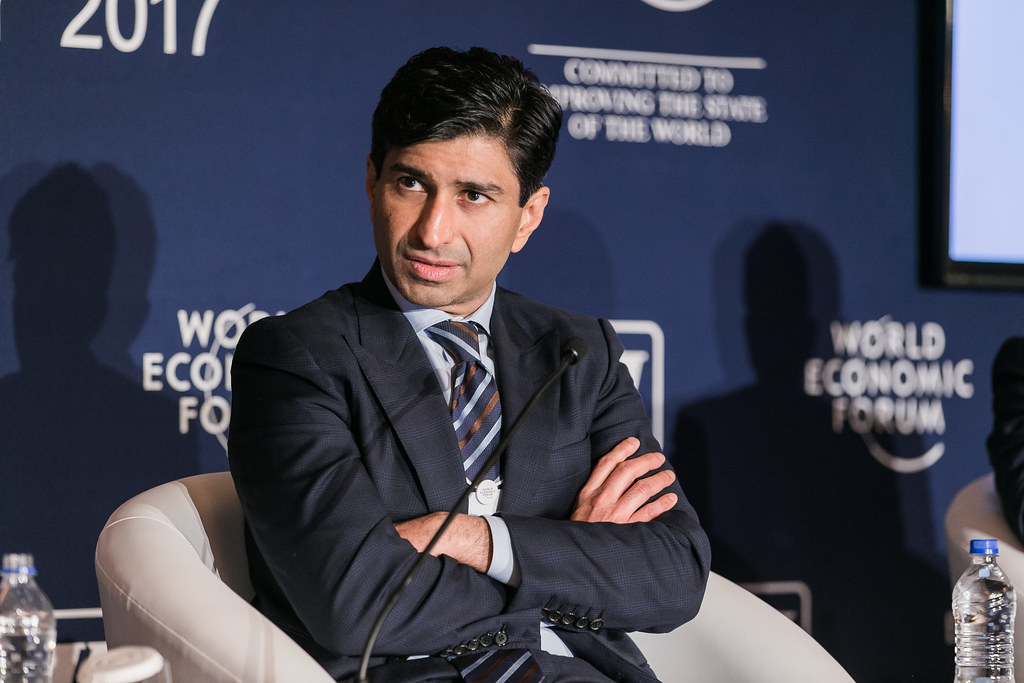News
Delhi, India
Ratul Puri’s Mission to Balance Economic Growth with Environmental Responsibility in Energy Production
In a world grappling with climate change and economic uncertainty, energy leaders face a crucial question: Can growth and green truly go hand in hand? Enter Ratul Puri, Chairman of Hindustan Power, whose pioneering strategy suggests the answer is yes. This article dives into how Puri is steering energy production toward a future where profit and planet thrive together—and what we can learn from his approach.
Understanding the Key Players: Ratul Puri and Hindustan Power
Ratul Puri as Chairman
As Ratul Puri leads the boardroom of Hindustan Power, he shapes major decisions—from capital allocation to innovation pipelines. His leadership is marked by a forward-thinking vision that bridges traditional energy models with sustainable alternatives.
Hindustan Power’s Footprint
A major power producer in India, Hindustan Power draws on a mixed portfolio—including coal, hydro, and increasingly, renewables. Guided by Puri’s ethos, the firm seeks to pivot toward cleaner operations while powering growth.
Balancing Growth and Green: Strategic Pillars
Emphasis on Clean Energy Integration
Puri places clean energy at the core. By blending solar, wind, and hydro with legacy power systems, Hindustan Power aims to reduce carbon intensity industrially and scalability-wise.
Investment in Renewable Infrastructure
Under his leadership, the company has ramped up capital flow into renewables—solar farms, wind parks, and micro-grid systems—positioning Hindustan Power at the forefront of India’s low-carbon transition.
Technological Innovation and Efficiency Gains
Advanced technologies—notably smart grid systems, AI-enabled power forecasts, and battery storage—have been deployed under Puri’s watch, smoothing the variability of renewables and optimizing generation.
Community and Environmental Stewardship
Beyond tech and infrastructure, Puri emphasizes social responsibility. Projects now include community solar schemes and reforestation efforts, enhancing local buy-in and biodiversity.
Case Studies from Hindustan Power Projects
Project Alpha: Solar-Hybrid Plant Success
In one notable example, a hybrid solar-coal plant has delivered cleaner electricity without sacrificing baseload reliability. This dual approach underscores Puri’s belief: transition needn’t mean sacrifice.
Project Beta: Wind Farm + Smart Grid
A wind power installation paired with a community-level microgrid provides stable supply to nearby villages—cutting outage rates while promoting clean energy adoption.
Measurable Outcomes: Data & Impacts
Economic Growth Metrics
These initiatives have contributed to job creation in manufacturing, installation, and maintenance. Renewable investments have yielded higher ROI over time compared to fossil-only investments.
Environmental Impact Statistics
Early data reveals a meaningful drop in CO₂ emissions at hybrid sites, alongside reduced water usage and reduced particulate pollution—a tangible win for environmental responsibility.
Pros and Cons of Puri’s Model
Advantages: Jobs, Clean Power, Resilience
- Employment Boost: Green projects bring skilled job opportunities.
- Lower Emissions: Blending renewables cuts greenhouse gases.
- Energy Resilience: Hybrid systems offer continuity through diversification.
Challenges: Up-front Costs, Policy Barriers
- Initial Capital Demand: Renewable infrastructure can require significant investment.
- Regulatory Hurdles: Policy ambiguity and subsidy shifts can disrupt planning and ROI forecasts.
Expert Opinions and Industry Voices
Academic and NGO Perspectives
Environmental scholars praise Ratul Puri’s integrated model, citing its scalability. NGOs highlight its alignment with Sustainable Development Goals and India’s climate commitments.
Government and Policy Maker Views
Policymakers view Hindustan Power’s approach as a blueprint for public-private partnerships in clean energy, recognizing its potential to inform nationwide renewable strategies.
FAQs: Common Questions about Ratul Puri’s Mission
Q1: Who is Ratul Puri?
Chairman of Hindustan Power, driving green energy and growth.
Q2: How is the company balancing coal and solar?
By deploying hybrid facilities that run on both to ensure reliability.
Q3: Are Puri’s green initiatives profitable?
Long-term data shows higher ROI and improved sustainability over traditional models.
Q4: What community benefits have emerged?
Local employment, energy access, and environmental conservation sit at the core.
Q5: What challenges does Puri face?
Policy changes and upfront investment costs remain key obstacles.
Q6: How can readers engage with this mission?
By sharing this story, contacting local green energy advocates, or supporting sustainable initiatives.
Conclusion
Ratul Puri’s mission at Hindustan Power gives us more than a case study—it’s a path forward. Balancing economic growth with environmental responsibility isn’t just possible; it's profitable and scalable. Whether you’re a policymaker, investor, or concerned citizen, this model offers insight and inspiration.
Tags
ratulpuri Ratul Puri Ratul Puri's Hindustan Power Chairman Hindustan Power




